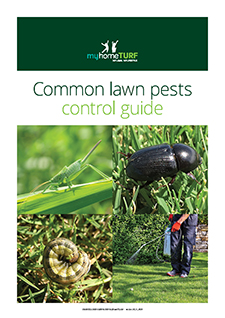How to Control Chafer Grubs in Your Lawn
Chafer Grubs are the larvae of different types of Scarab and Cockchafer Beetles, which live in the soil and feed on plant roots. The most damage is caused by final stage ...

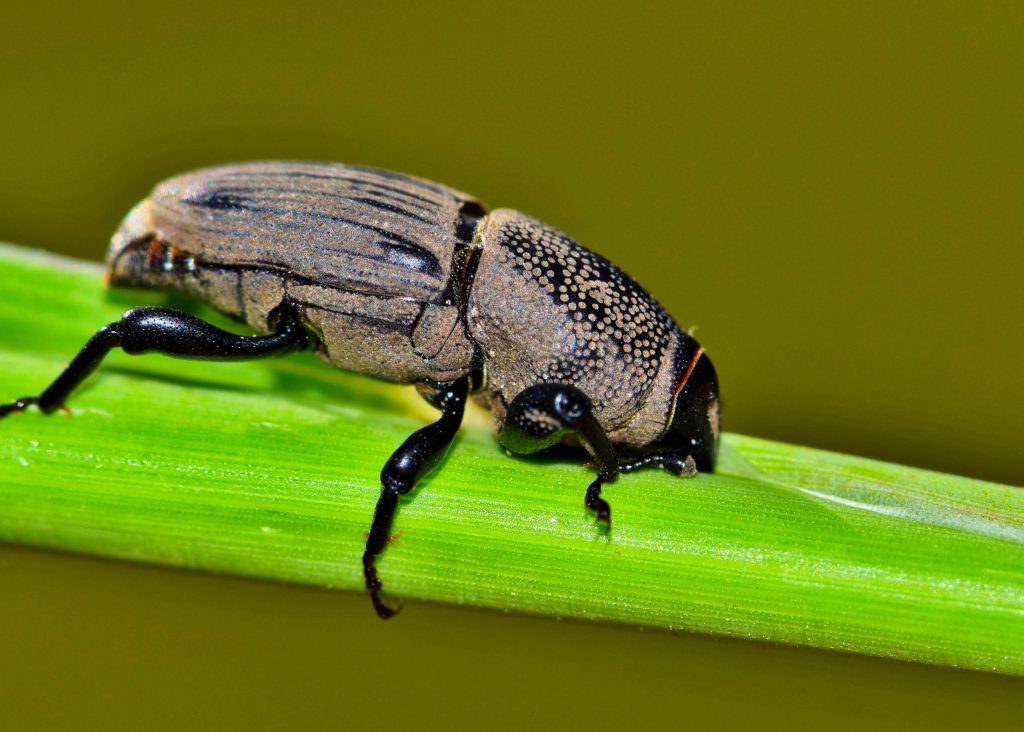 For many insect pests, it’s not the adults that cause most of the damage.
For many insect pests, it’s not the adults that cause most of the damage.
This is especially true for Billbugs, whose larvae can quickly turn a healthy green lawn into a patchwork of yellow and brown.
In this article, we explain how to identify Billbugs, when to look out for them and the best ways to control them without damaging your lawn.
We also recommend a range of products for managing Billbugs and keeping your lawn in top shape.
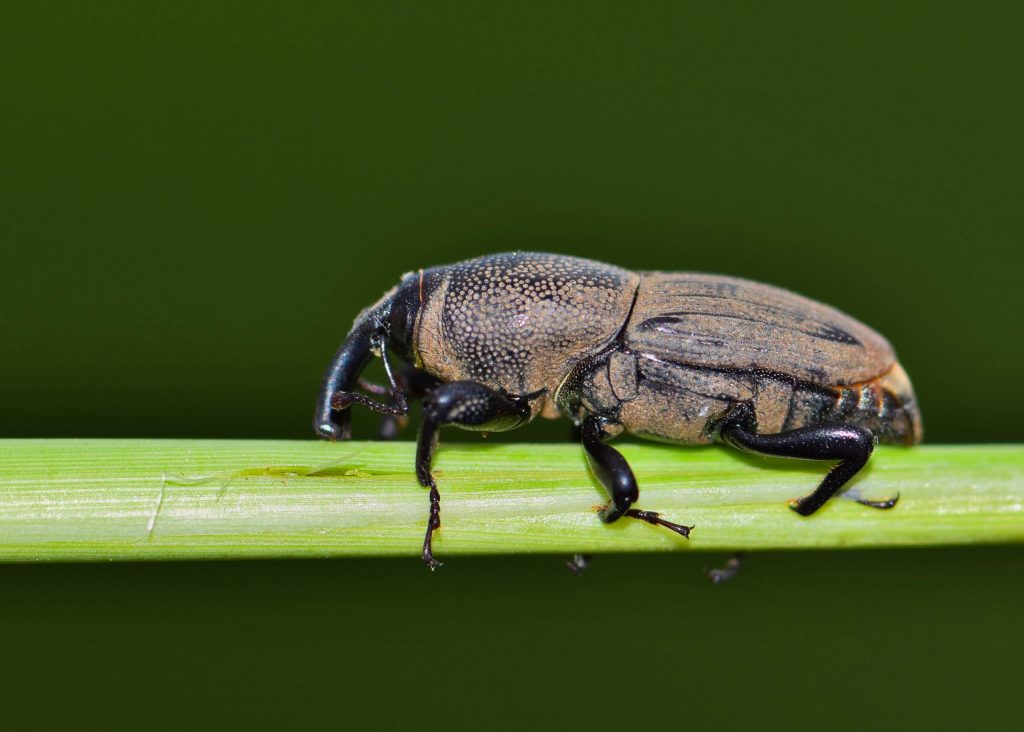 A type of weevil, adult Billbugs chew holes in your grass so they can lay their eggs.
A type of weevil, adult Billbugs chew holes in your grass so they can lay their eggs.
The eggs hatch after two weeks and the larvae eat the grass from the inside out. They then move to feeding on the stem and roots, causing most of the damage to your lawn.
Billbug larvae are white, with a reddish-brown head, up to 10mm long and have no legs.
They hide in the soil where they transform into young adults, which often have dark brown stripes on the wing casings and bodies up to 10mm long.
There can be two generations of Billbugs between August and May, and overwinter as adults.
The adults have a hard pitted shell that ranges in colour from clay-brown to near black, with a distinctive duck bill-like snout, and elbowed antennae.
Signs of damage include yellowing plants, hollowed out stems filled with sawdust-like material that break off easily, and the development of patches of brown dead grass.
Billbugs are pests of warm season grasses, such as Kikuyu and Couch, and are found in parts of New South Wales, Queensland, South Australia, Victoria and Western Australia.
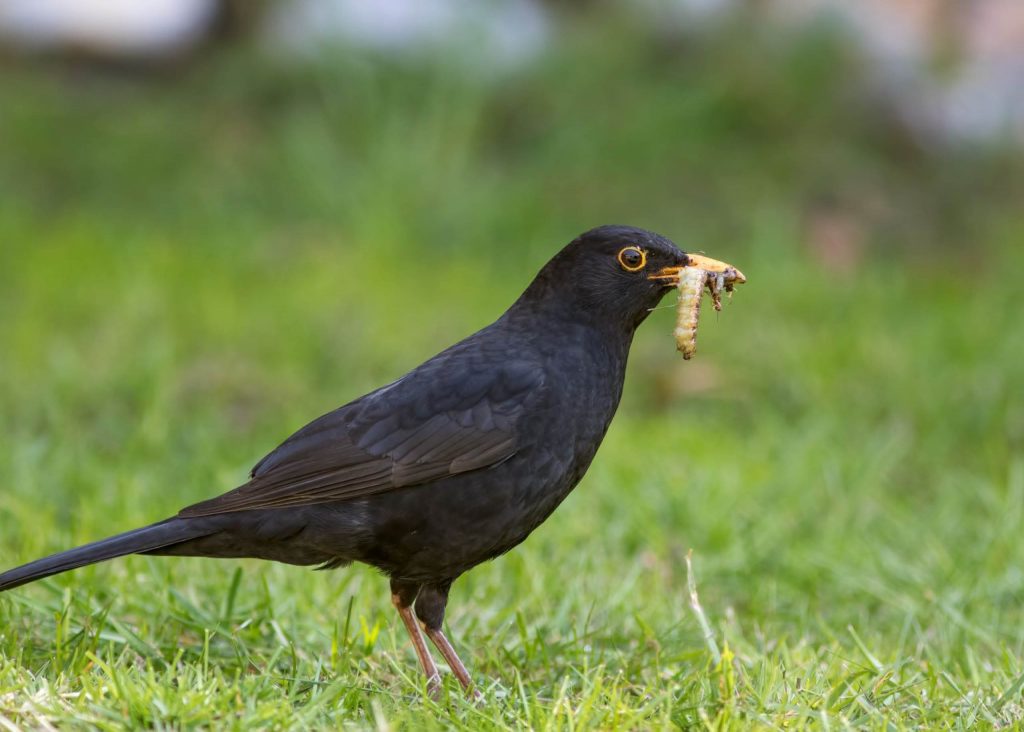 Regular monitoring for pests should be part of your lawn care schedule year-round.
Regular monitoring for pests should be part of your lawn care schedule year-round.
This helps you understand how it behaves under a wide range of different weather conditions and gives you the best chance of identifying potential problems early when they’re simpler and cheaper to address.
In the case of Billbugs, watch out for the presence of adults in spring and early summer.
Birds pecking at the ground can often be a sign that something is amiss.
Look out for insect-eating birds such as the Common Myna (also known as the Indian Myna), Magpies, Pied Currawongs and Butcher Birds which consume both larvae and adult insects.
The appearance of small yellow or brown patches from larval feeding damage usually occurs between November and February.
If you’ve noticed damage, but you can’t tell what’s causing it, there’s two ways of finding out.
Lay a wet towel, hessian sack or a carpet offcut on a section of lawn overnight. Lift it in the morning and see which, if any, larvae are lurking underneath.
Or mix a bucket of soapy water and pour it over an affected area at dusk or dawn. Grubs are most likely to be active at this time of day and if there’s any present, they will come to the surface in the next 10-20 minutes.
 Always wear the appropriate protective equipment – gloves, safety glasses etc… – and read the product label before using any insecticide.
Always wear the appropriate protective equipment – gloves, safety glasses etc… – and read the product label before using any insecticide.
Check whether the product is suitable for Billbugs and that it is safe for use on your grass type.
Look for products containing the active ingredients Imidacloprid, Bifenthrin, Chlorantraniliprole or Thiamethoxam.
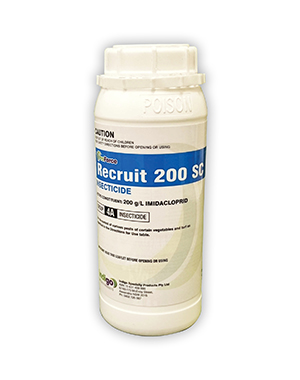
Indigo Recruit 200SC 1L is a broad-spectrum selective insecticide that delivers superior results for the control of numerous beetles, including Billbug. It is suitable for use on Zoysia, Kikuyu, Couch and Buffalo grasses.
SHOP NOW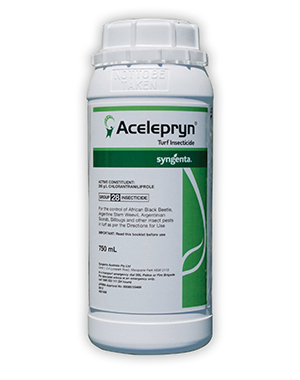
Acelepryn 750ml is a low environmental impact insecticide for the control of larvae and beetles, including Billbugs. It is suitable for Zoysia, Kikuyu, Couch and Buffalo grasses.
SHOP NOW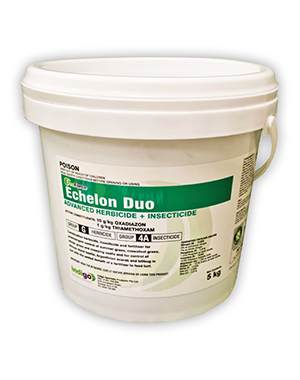
Echelon Duo 5kg is a three-in-one granular product containing pre-emergent herbicide, insecticide and fertiliser.
It is suitable for Kikuyu, Couch, Zoysia and Buffalo grasses.
Adult Billbugs are generally active in New South Wales and Queensland from late August onwards, laying their first batch of eggs in September.
Granular insecticides, such as Acelepryn, should be applied when adults are first seen during winter.
Liquid pesticides, such as Recruit, can be sprayed when numbers peak, or when small larvae (less than 4mm) are found in the thatch or soil surface.
The best time to apply insecticides to your lawn is usually late afternoon – many insects feed at dusk and dawn – but be guided by the instructions on the product label.
There should be a noticeable reduction in pest activity within 24 to 48 hours of insecticide application.
Some products will kill Billbugs at all three stages – larvae, young adults and adults – but it can take several repeat applications 10-14 days apart to break the life cycle and bring them under control.
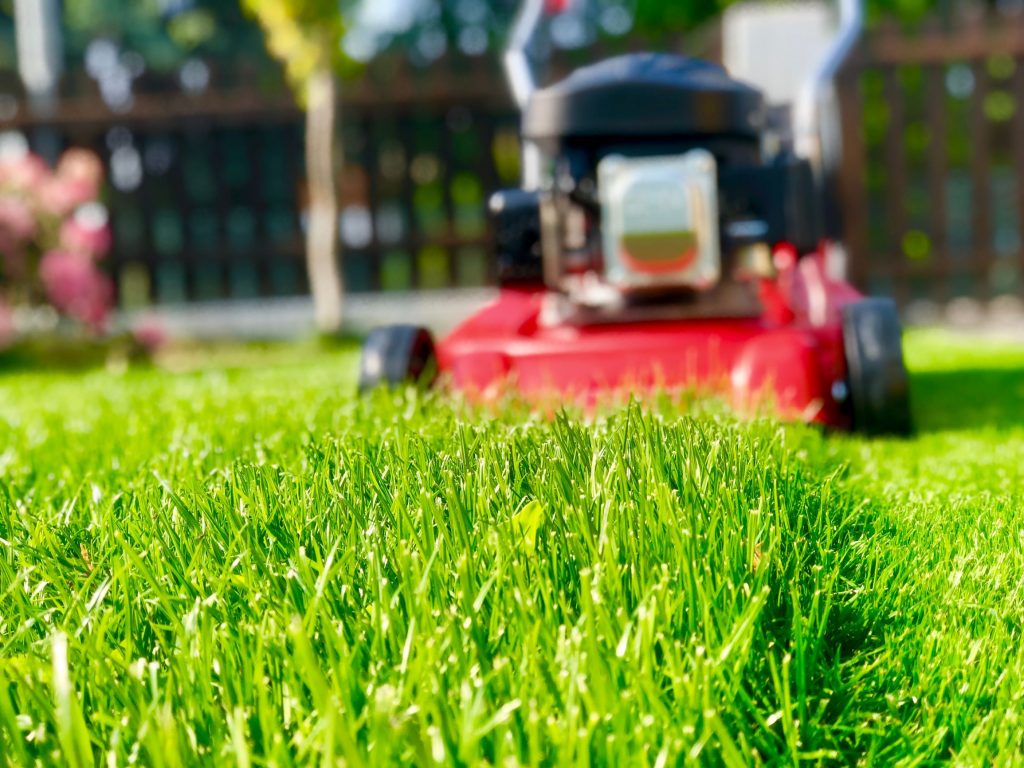 Poor lawn maintenance contributes to Billbug problems from year to year.
Poor lawn maintenance contributes to Billbug problems from year to year.
Follow good mowing practices and dethatch and aerate regularly to help keep insects at a minimum.
Lawns mown too short are at greater risk of damage because they are already under stress.
Spraying Neem oil at night during the egg laying season can help kill both eggs and larvae of Billbugs as well as many other types of lawn grubs.
This also helps to avoid harming beneficial insects such as Bees and Lady Bugs that get around during the day.
Another option is to treat your lawn with a product containing predatory nematodes, which can be applied with a watering can, sprayer or knapsack.
Nematodes are round worms that live in soil and kill Beetle Grubs by penetrating their bodies and breeding inside them.
For more information about managing pests in your lawn, and to browse our range of lawncare products from leading brands, visit myhomeTURF’s online store.
Sign up for our Newsletter to receive your free guide.
